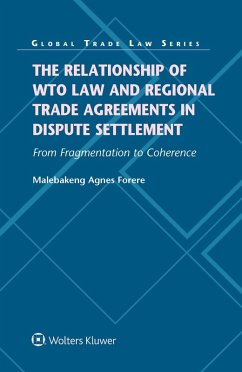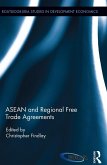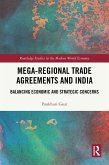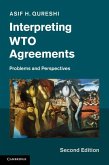Because the WTO and RTAs must be viewed as layers of one system and must therefore have a relationship that extends to dispute settlement, such principles of subsidiarity as autonomy, mutual assistance, and flexibility are key to a successful institutional relationship between the WTO and RTAs. From this theoretical springboard, the author proceeds to analyse the following issues and more:
- - the relationship between WTO and RTAs based on Article XXIV of GATT;
- - the extent to which WTO panels can apply RTA law;
- - the extent to which the WTO panels can hear RTA claims;
- - opportunity for RTA Members to secure preliminary rulings and advisory opinions from the WTO;
- - recognition by WTO panels of the results of litigation or arbitration that took place at the RTA level;
- - opportunity for RTA Members to appeal RTA dispute settlement decisions to the WTO; and
- - clarification of WTO rules designed to enable RTA activities (or intervene if necessary).
Major cases decided at the WTO and RTA levels that manifest conflict between RTAs and the WTO are fully analysed.
Confronting directly the stagnation in negotiating and concluding new trade agreements at the multilateral level and the fragmentation of the international trade law system, this important book shows clearly how the institutional relationship between the WTO and RTAs can be restructured with a view to establishing mutual recognition of the judgments of both. In a nutshell, the book calls for reconfiguration of WTO Dispute Settlement Body to perform functions of World Trade Court that is capable of hearing disputes arising between WTO Members, RTA Members and Non-WTO Members. It will prove invaluable to all involved in the negotiation and implementation of trade agreements at every level.
Dieser Download kann aus rechtlichen Gründen nur mit Rechnungsadresse in A, B, BG, CY, CZ, D, DK, EW, E, FIN, F, GR, HR, H, IRL, I, LT, L, LR, M, NL, PL, P, R, S, SLO, SK ausgeliefert werden.









